Doctors from the Department of Neurology, Physical Therapy - Rehabilitation, Bai Chay Hospital, are performing a DSA brain scan for a patient. Photo: Minh Khuong (Contributor)
The patient, Ms. San TM (45 years old, Quang Ha commune), was admitted to the hospital with sudden weakness, left hemiplegia, inability to walk, difficulty speaking and severe headache. Assessing this as a suspected case of stroke, the doctors quickly activated the stroke emergency procedure, performed magnetic resonance imaging (MRI) and digital subtraction angiography (DSA). The results showed that the patient had an acute cerebral infarction in the cerebral cortex due to bilateral middle cerebral artery stenosis, a typical manifestation of Moyamoya disease.
Immediately after that, the patient was treated according to the acute cerebral infarction treatment protocol, with the use of dual antiplatelet drugs; statin drugs; blood pressure control; blood sugar control and rehabilitation exercises. Thanks to timely treatment, the patient recovered normal movement and communication without any significant complications.
Doctor of Neurology, Physical Therapy - Rehabilitation, Bai Chay Hospital re-examines the patient before discharge. Photo: Minh Khuong (Contributor)
According to Master, Doctor Giap Hung Manh, Head of Neurology Department, VLTL-PHCN, Bai Chay Hospital: Moyamoya is a rare cerebrovascular disease, a chronic disease characterized by the gradual narrowing or occlusion of the internal carotid arteries and cerebral arteries, causing the brain to form collateral blood vessels like "smoke". The disease can lead to stroke, infarction or cerebral hemorrhage, especially in young people, if not diagnosed early.
Doctors also recommend that people be alert to early signs of cerebrovascular disease such as: unexplained persistent headaches, numbness and weakness in the limbs, difficulty speaking, transient blurred vision, unexplained fainting or convulsions in young children. Regular cerebrovascular screening, especially for people with high risk factors, along with maintaining a healthy lifestyle will help prevent dangerous complications.
In particular, when there are signs of stroke such as hemiplegia, crooked mouth, difficulty speaking, etc., the patient needs to be taken to the hospital within the "golden time" of the first 3 to 4.5 hours for timely emergency care, minimizing complications and death.
Nguyen Hoa
Source: https://baoquangninh.vn/cap-cuu-thanh-cong-benh-nhan-nhoi-mau-nao-do-benh-moyamoya-hiem-gap-3365888.html


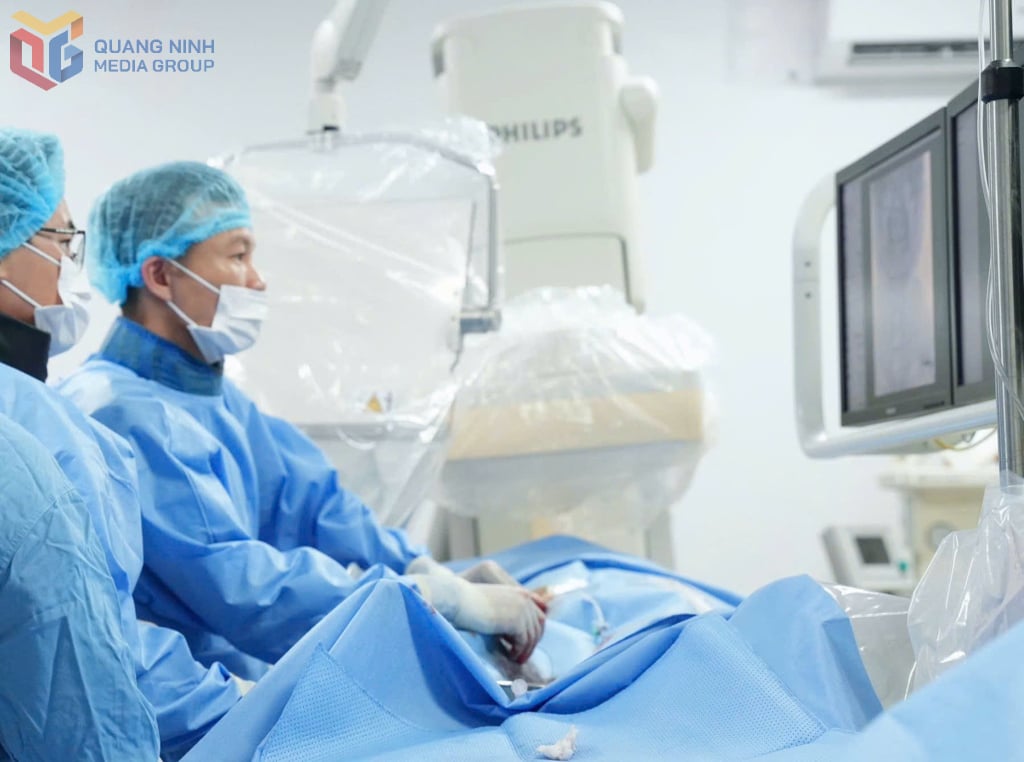
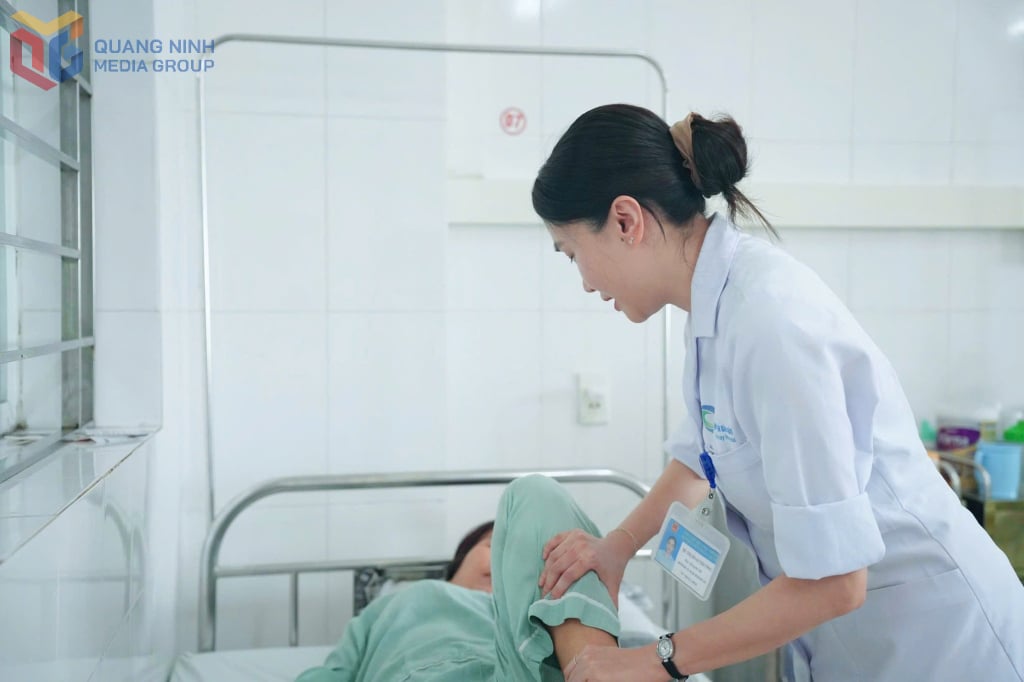
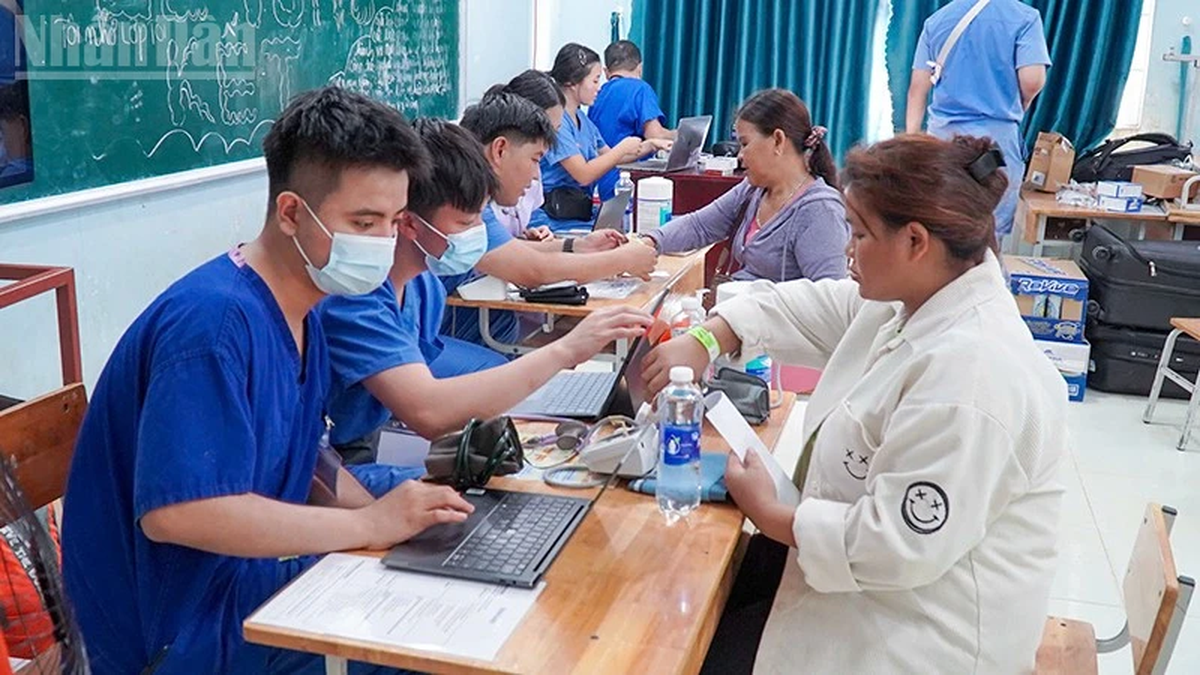

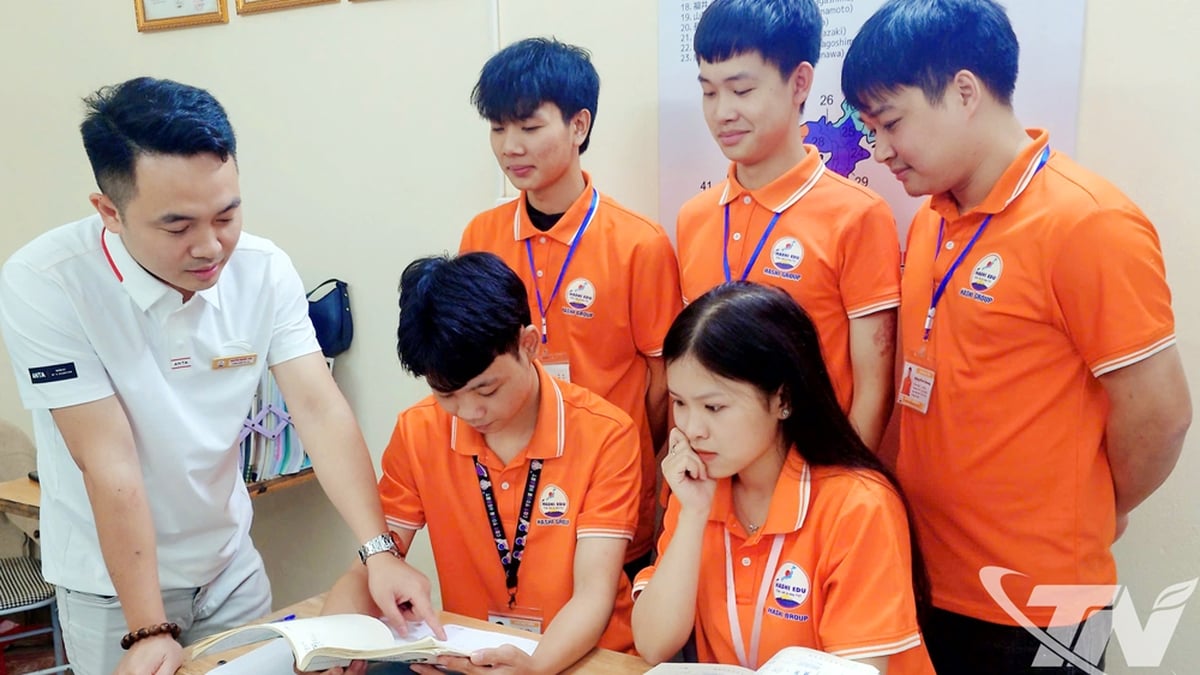





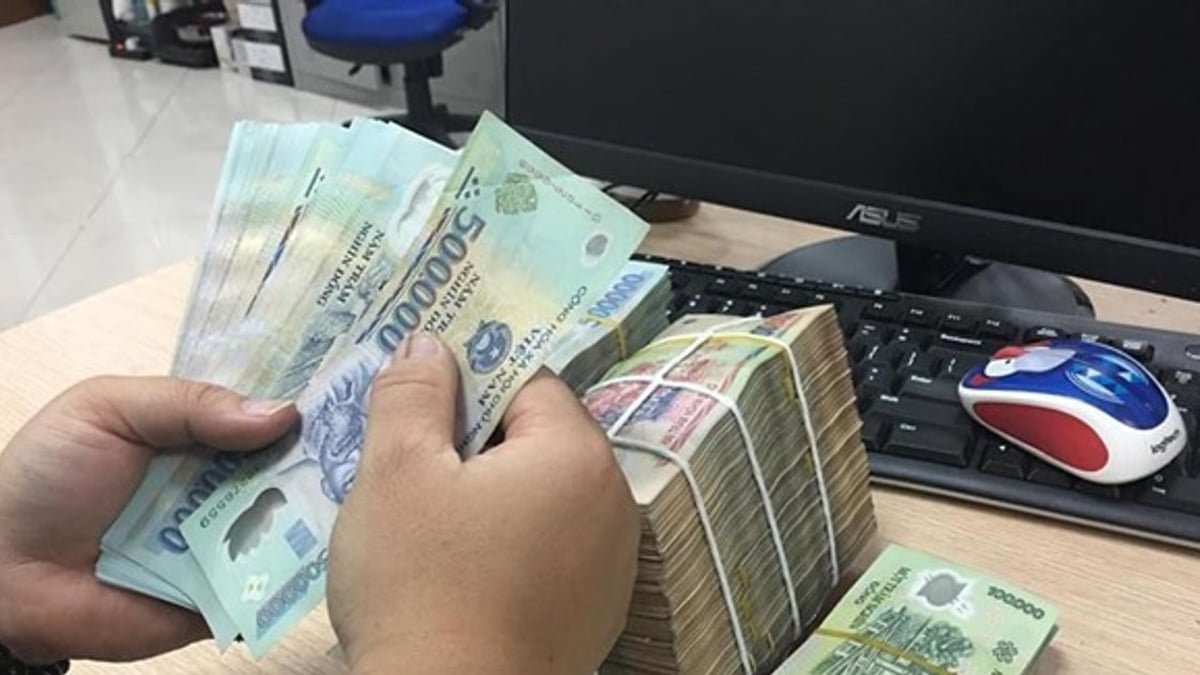
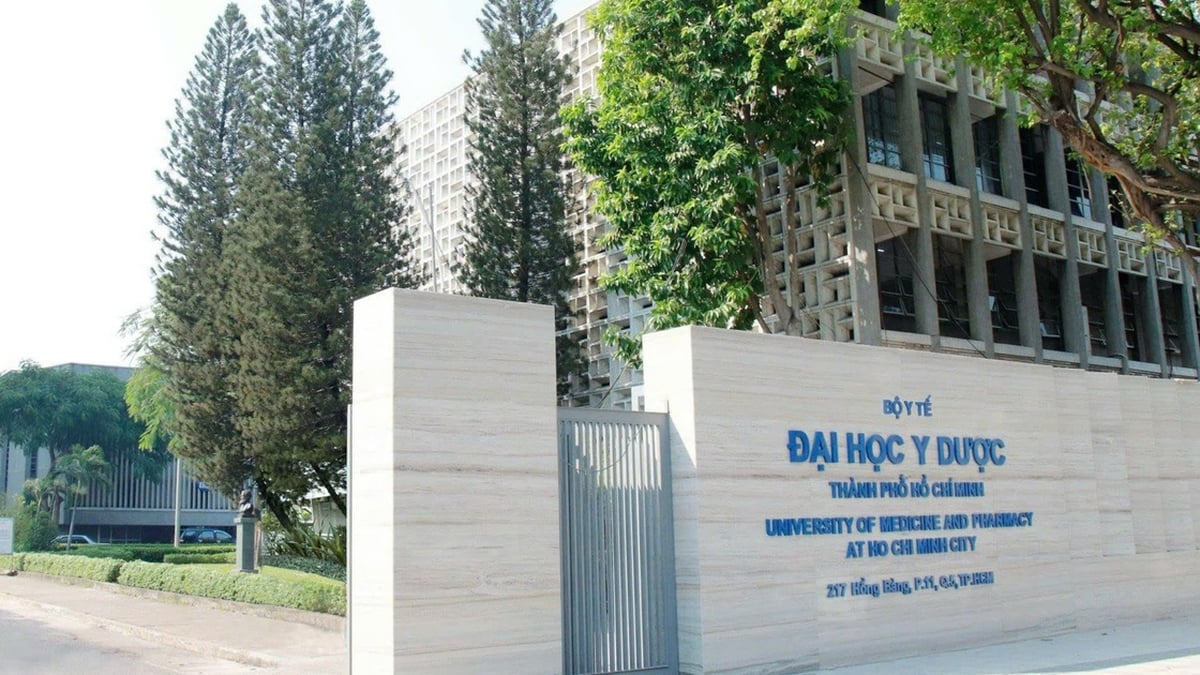














































![[Maritime News] Treasury Department Targets Diverse Networks Facilitating Iran's Oil Trade](https://vphoto.vietnam.vn/thumb/402x226/vietnam/resource/IMAGE/2025/7/14/43150a0498234eeb8b127905d27f00b6)


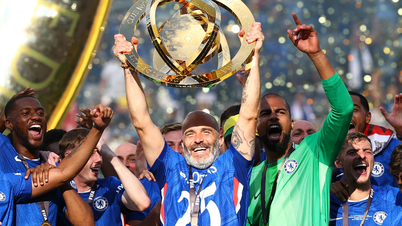










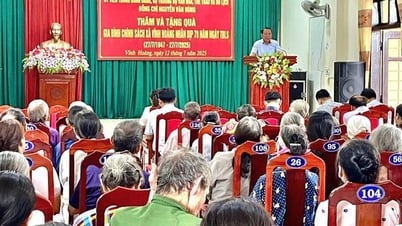

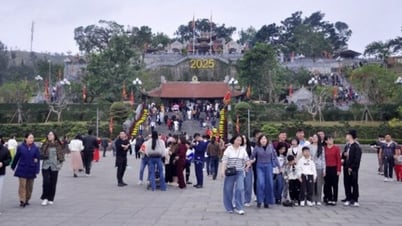
























Comment (0)